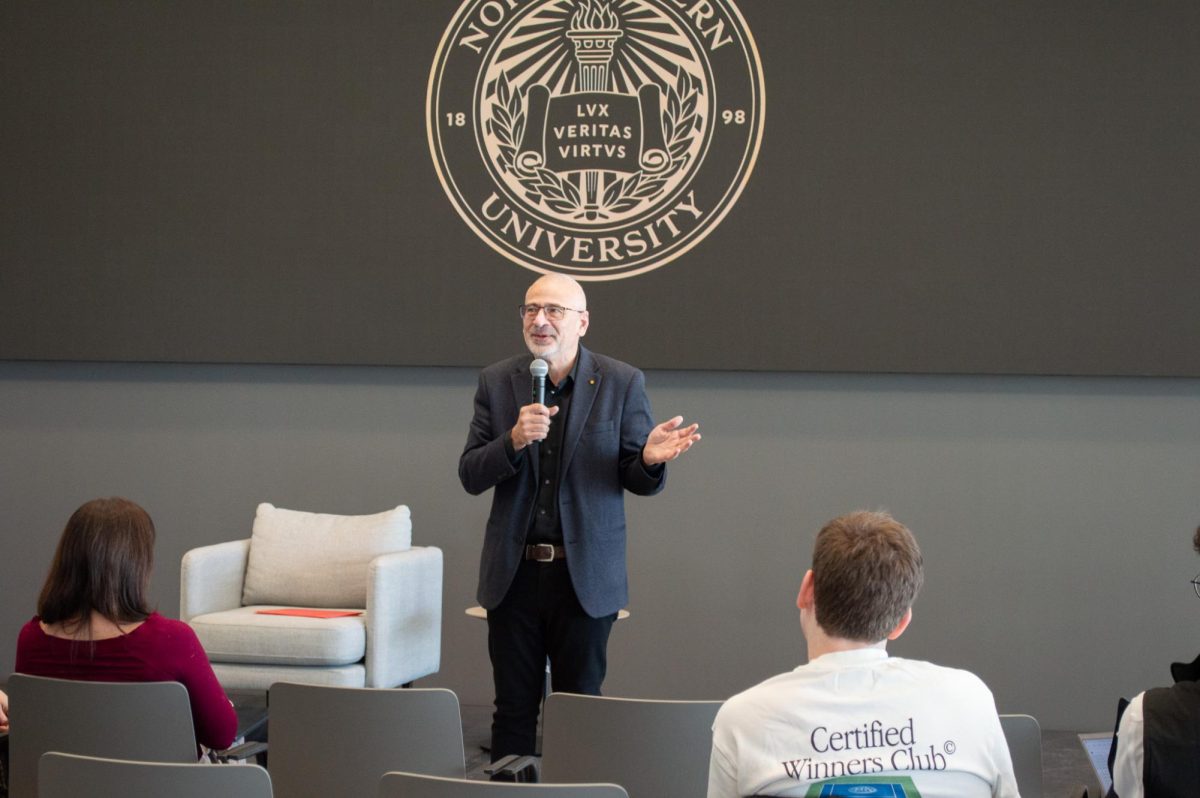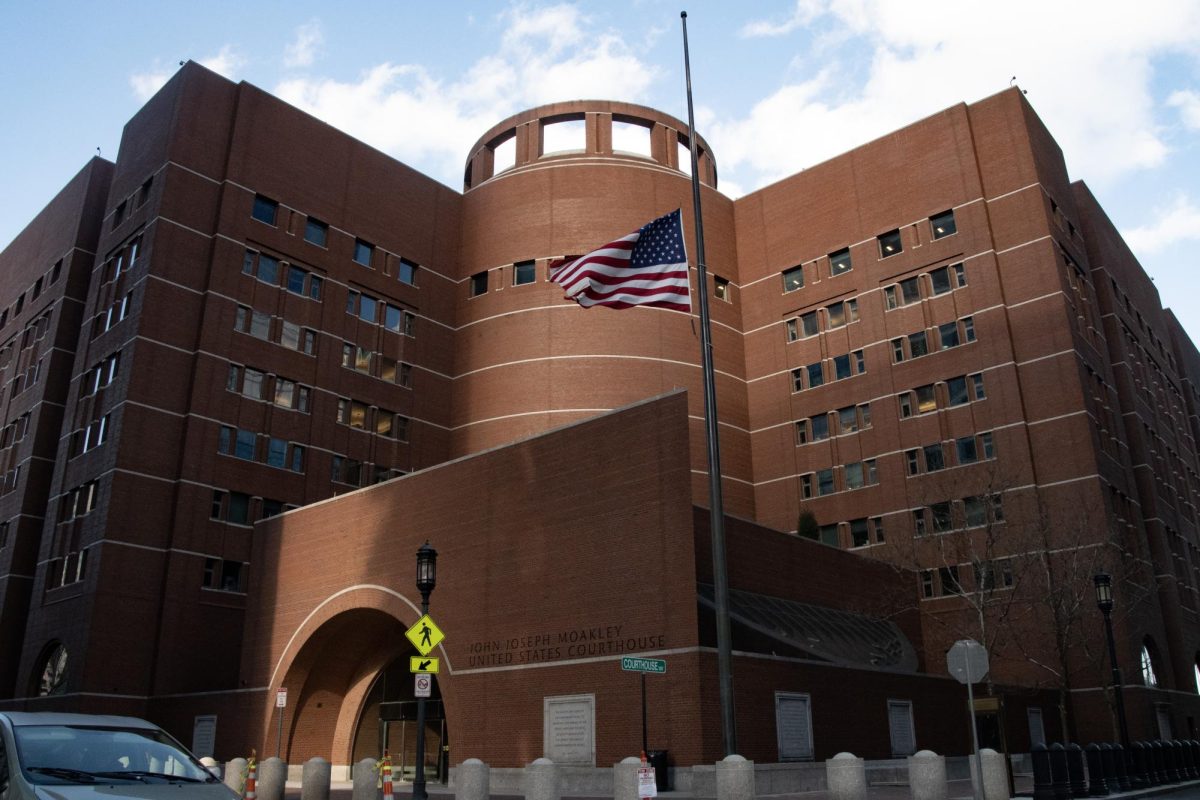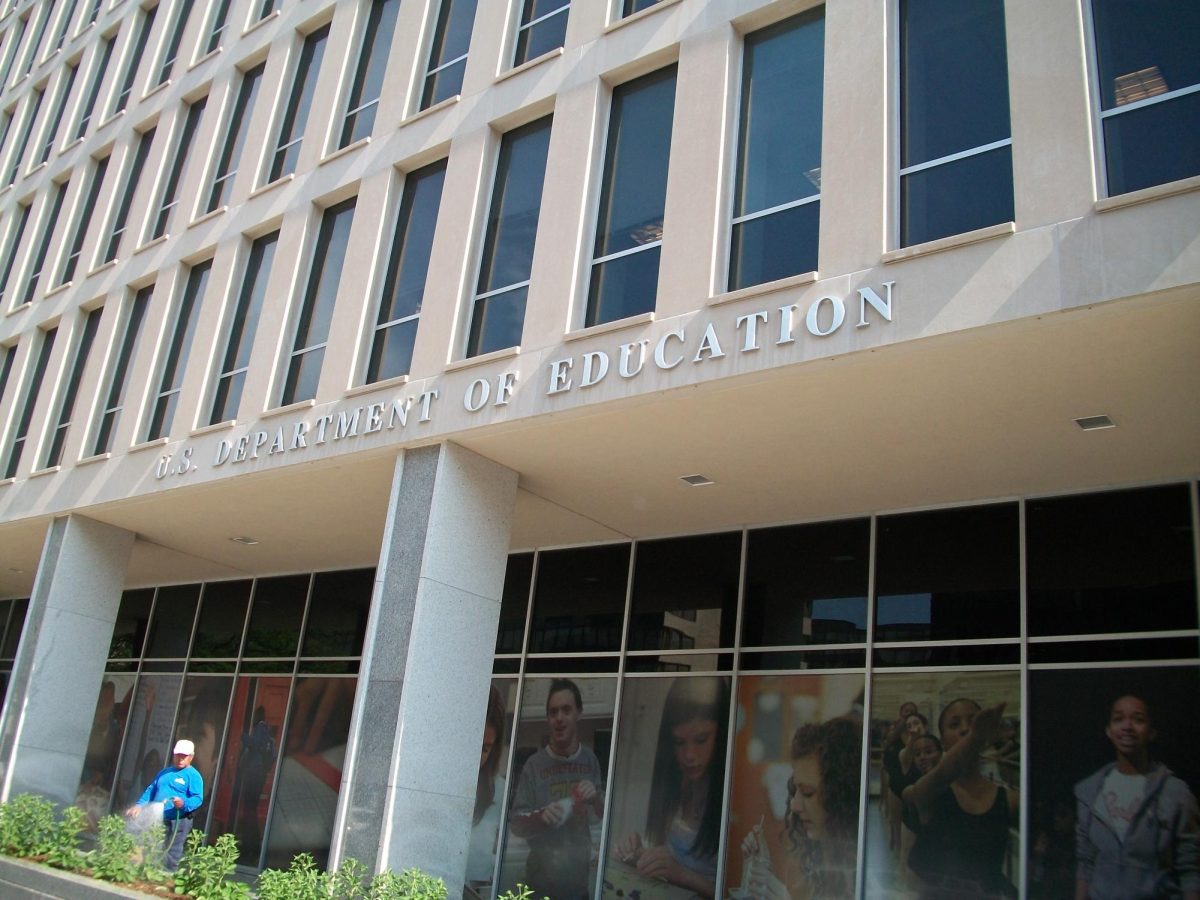By Alyson St. Amand
A credit card can be a dangerous tool if used uncontrollably, but if used responsibly it can put a student in good financial standing, allowing them to make purchases and investments.
“Credit is not evil, it is necessary,” said Sanyika Calloway Boyce, author of ” SimpleCredit Basics.” “College students need to establish good credit and understand how the credit system works early on.”
One major issue is the fact that students do not understand the basic fundamentals of credit.
“The problem is that people do not understand the basics. Students do not know that there is a credit report on them and that employers are pulling students’ FICO scores,” said Peter Bielagus, financial author of “Getting Loaded.”
FICO scores are what Bielagus calls “the equivalent of the GPA for the rest of your life.” According to myfico.com, it is a number that represents your financial responsibility based on your credit history. The score is based on a scale from 300 to 850 and the higher the number the better the credit. Any of the three national credit bureaus will issue a score. Beyond looking at the actual credit score, employers may look to see what kind of debt a person has.
What students do not know is that although they owe $10,000 when they leave school, they may still be in good credit standing. Boyce, who is the founder of SCB Enterprise, said that thereis such a thing as good debt and bad debt. She said that bad debt is the amount of consumer credit you have while examples of good debt are student loans or mortgages. Good debt exists as “something that will contribute to society overall or is going to prove itself to be valuable at a later date,” Boyce said. Both Boyce and Bielagus are in agreement that in order to establish good credit, only two credit cards are necessary.
“It doesn’t make sense to have more than two [credit cards]. By having seven credit cards you can actually lower your credit score,” said Lauren Skeffinton, a sophomore biochemistry major. She has three cards. One is a debit card, another is a credit card that she uses for food or other essential items, and the last is an Express card that she rarely uses.
Today 83 percent of undergraduate students have at least one credit card; a 24 percent increase since 1998, a 2001 Nellie Mae study reported. The study randomly selected data from 600 undergraduate students, attending four-year public and private insitutions who applied for a credit-based loan through Nellie Mae during the summer and fall of 2001.









